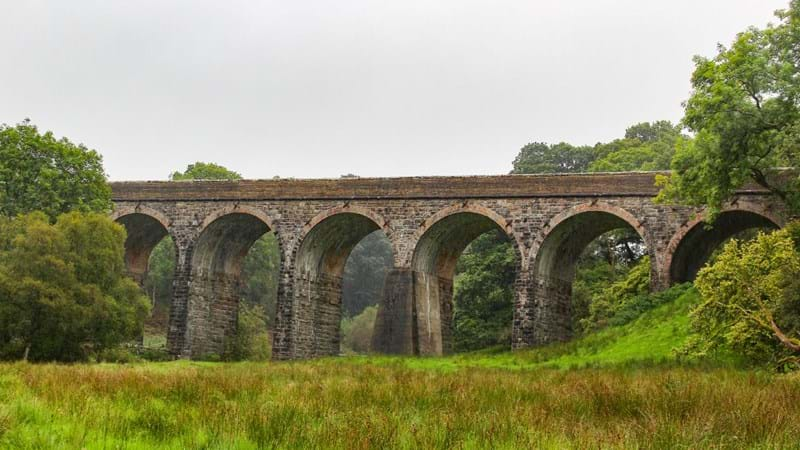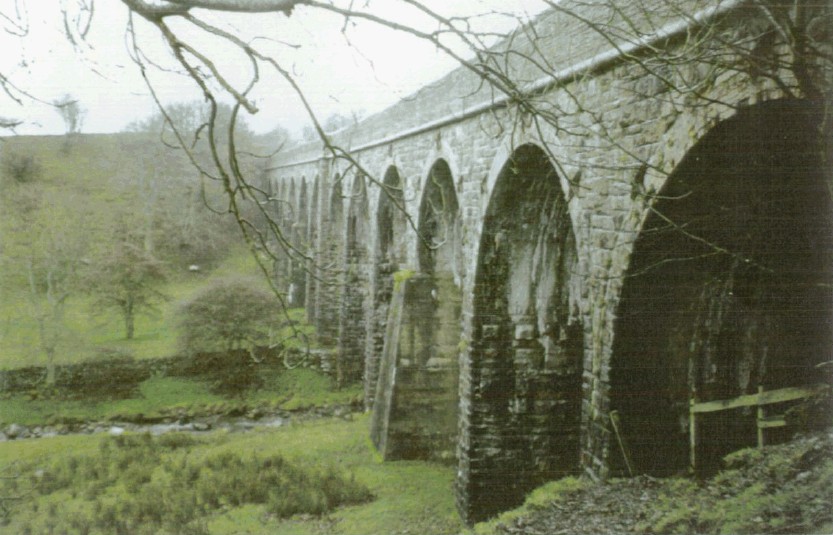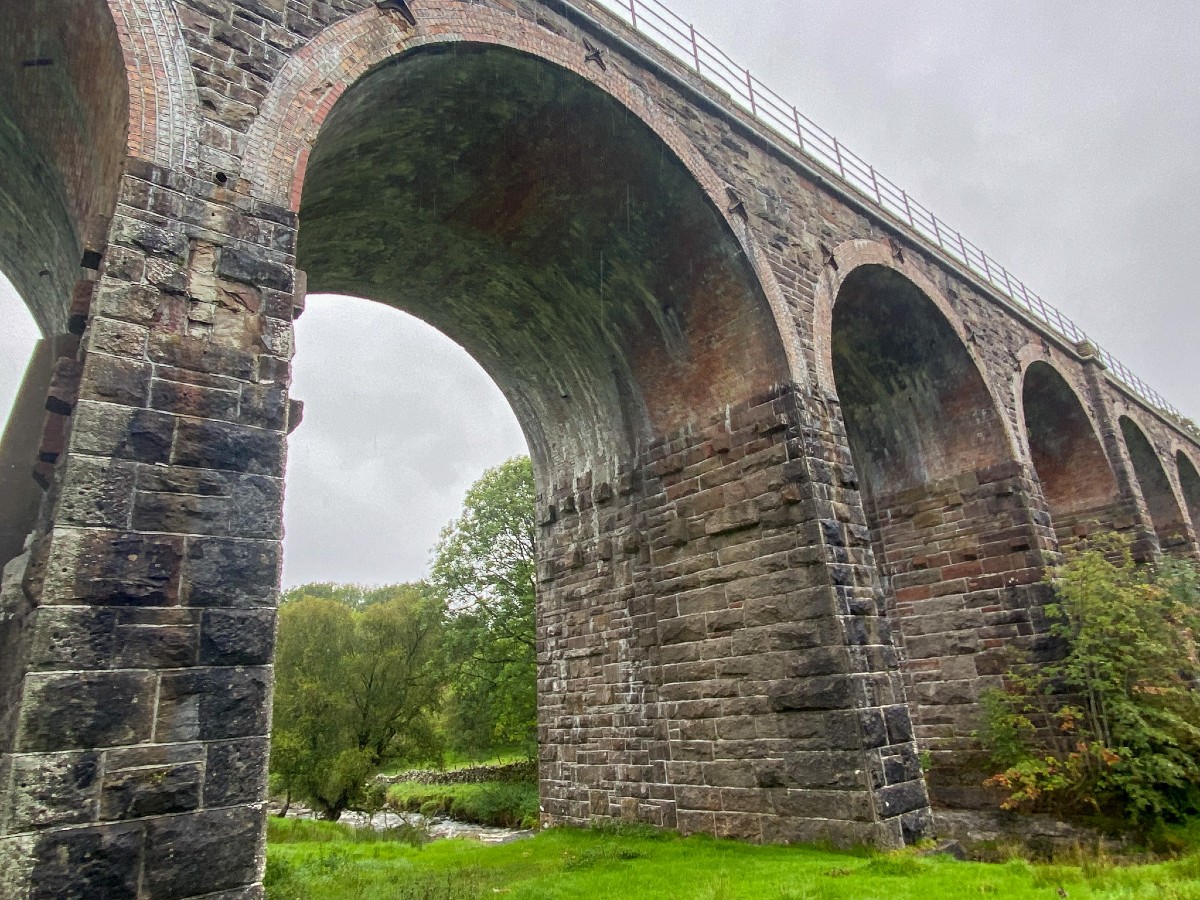Project profile: Mosedale Viaduct
This spectacular 420ft long viaduct located in central Lake District has received some care and attention, so it can keep being appreciated safely from ground level near the footpath close by.

Share this article
Location: Walthwaite, Cumbria
Contractor: Bethell
Status: Closed to the public
History
Constructed in 1862, it formed part of the Penrith to Keswick Railway, created to establish a key link in the railway, connecting the two great iron-producing areas at the time, West Cumberland and Durham.
Built as a single track originally, it was extended to the north in 1900. The passenger line survived the Beeching cuts in 1963, but eventually closed in 1972 and was earmarked for demolition in 1997 under management of BRB Residuary Ltd.
However, in the light of the structure’s local heritage importance and potential future use, the decision to demolish was abandoned.

(North-west corner of the viaduct in 1999)
About the structure
Mosedale Viaduct, also known as Mosedale Beck Viaduct, is located two miles east of Threlkeld in Cumbria, near the A66.
Comprising 12 spans, the piers, abutments and spandrels are constructed in stone, while the arches and parapets are brick.
Crossing a steep-sided, flat-bottomed valley, Mosedale Beck flows northwards through span eight of the viaduct.
Since its construction the viaduct has been strengthened, with several bat boxes installed in the pier spans for the local bat community, who use the structure as a home.
What is the project?
The whole structure has been regularly inspected by our examiners since we took over management of the Historical Railways Estate in 2013. Our structures can quickly become overtaken by vegetation growth and saplings had started to grow within the stonework.
We removed sapling growth from the string course across the viaduct's 12 spans, taking six weeks during summer 2023. Had it been left it could risk significant structural damage. Contractors used ropes to access the viaduct from the ground up, repairing damaged bricks that were also refaced to prevent future growth.
We know the viaduct is an important landmark feature and we’re pleased walkers and visitors to the area can continue to enjoy its view, as well as some of publicly accessible spans of the former railway route.
What stage is it at?
The project is complete.

